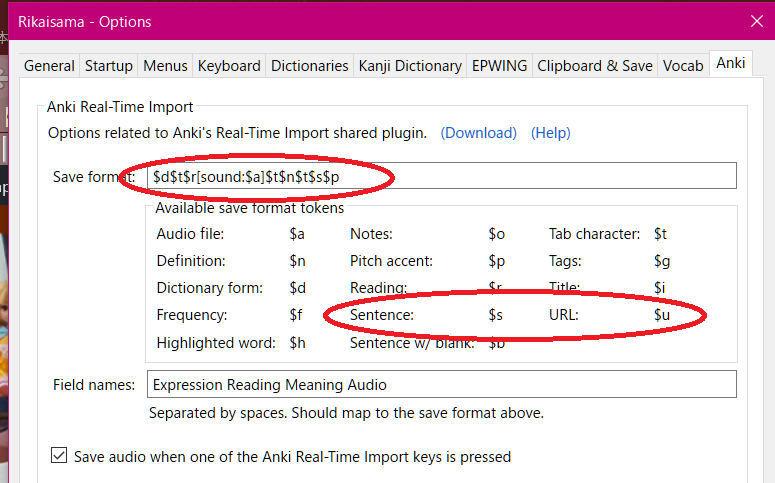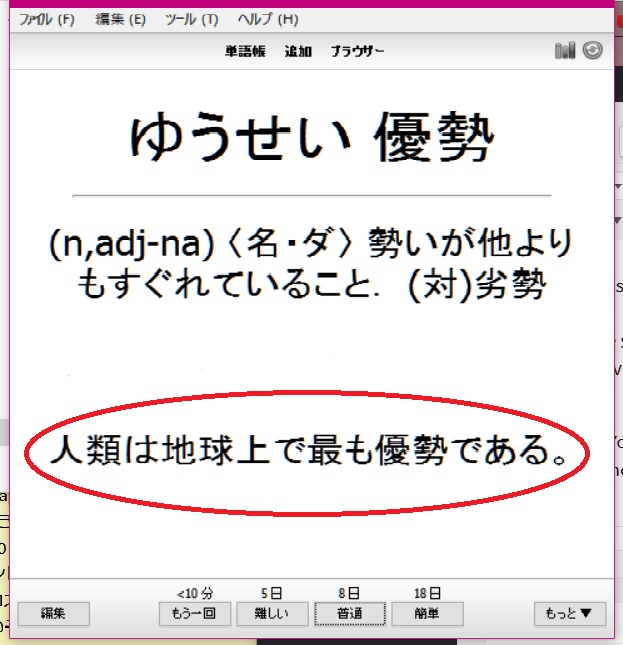 開くaku, 開くhiraku or 開ける akeru? Japanese has three words for “opening”, all based on the same kanji.
開くaku, 開くhiraku or 開ける akeru? Japanese has three words for “opening”, all based on the same kanji.
And two of them are written exactly the same.
When should you use which one? And why?
This is a slightly more complex question than you might think, and even Japanese people sometimes misuse the terms in certain cases.
Don’t worry though. It’s pretty straightforward.
Side-note. If you want to find the right beginning (初めて vs. 始めて), go here.
The first thing to know is that あく is a self-move verb, but ひらく is both self-move and other-move (and 開ける is other-move only). (Learn the simple secret of self-move and other-move here).
Having said this, there are cases where Japanese people not infrequently use expressions like 目をあく which is incorrect (a little like English speakers saying “they was there” – though I get the impression that it is less uneducated-sounding than that).
Naturally you will stick with grammatical use – not only because it is correct but also because there are only some cases where it is commonly misused and you don’t want to start learning lists of themʕ•ᴥ•ʔ
Now, in the large cross-over area where あく and ひらく are both (legitimately) used as self-move there is a difference, but there is a large cross-over within the cross-over.
However, the basic difference is very straightforward:
あくwill be used for a bottle opening (or being open), ひらく for a flower opening.
Things that spread open like a flower or a book are ひらく. If you love children’s songs, you may know むすんで・ひらいて. Again it is natural that the action of spreading the fingers to open the hand is called ひらいて and not あいて. Books and umbrellas** are also ひらく.
So something that “opens out” is ひらく and something where a lid or a stopper is removed completely to allow access will definitely be あく. However, for a wide range of things – like French doors, eyes, mouth – either can be used.
The actual other-move version of あく is あける and that, just as we would expect, gives us the other-move form of the things that are more あく-like than ひらく-like (ひらくbeing its own other-move version, as it were).
There are occasions when this is less obvious, but the same logic still applies. For example:
店をひらく
Open a shop in the sense of establish it and begin trading.
店をあける
Open the shop for the day. Open the doors.
As you see, in the first the idea is that the shop is made to open out like a flower and begin, in the second it is just a question of unblocking the doorway so the customers can come in.
A supplementary question was:
Thank you for the detailed explanation. Seems like the kind of thing you just have to get used to with exposure. It’s very helpful to know the underlying principles behind them, though. How does ひらける fit into this? Is it just the potential form of ひらく again or is it a separate verb?
Here is my answer:
It isn’t really too difficult. There are things that are clearly あく and things that are clearly ひらく and then some that are less definite. These ones even Japanese people use freely in either form, so you can too.
In reading, you can read either in ambiguous cases. If the writer considers it important she will use furigana since there are small differences of nuance (ドアがひらいた for example tends to emphasize the idea of the door opening wide).
ひらける is not (usually) the potential form of ひらく, it is a derivative of ひらく and seems actually to be its self-move form (several Japanese sources say so).
Now this may seem confusing since ひらく is already both other-move and self-move but I think we need to see it in terms of moving the self-move side of ひらく further over to the ある side of the ある/する map.
Important note – if you don’t understand what I mean by the ある/する map please watch the video as this is a vital foundation of Japanese that never gets taught.
So ひらける means more “being in a state of having-opened-out” than simply opening-out – or at least lays more stress on the opened-out state. This is a kind of sliding-scale since ひらく can also have that implication (especially in the past tense) but ひらける lays more stress on ある-ness, if that makes sense.
If you want to find the right beginning (初めて vs. 始めて), go here
___
Notes:
* Naturally there is no confusion over these misuses when hearing/reading them because if someone is using を then they are clearly using the word as other-move.
** But remember that using an open umbrella is usually 差す (さす) and this extends to opening it, so this is what you encounter most commonly unless specific attention is being drawn to the process of its unfolding. Though of course, since す-ending 差す is naturally other-move, we would say ひらく to describe what the umbrella itself does.
This article first appeared on my private Patreon feed









